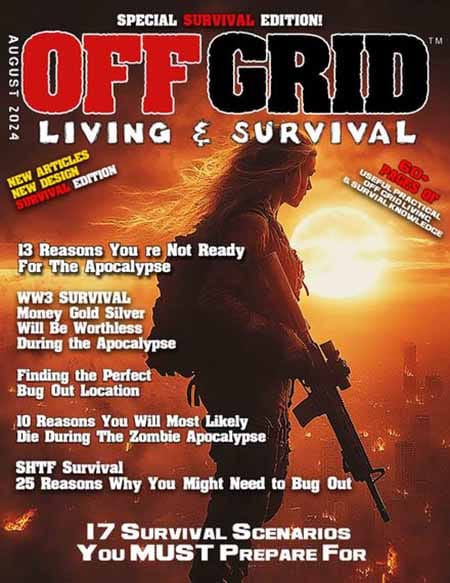Beware of Buying Cheap Desert Land To Live Off The Grid

Beware of Buying Cheap Desert Land To Live Off The Grid
There is a lot of CHEAP desert land for sale online. You should be very wary about buying desert land and know what you're getting yourself into. It's harsh living out there. The main reason is water and heat. Land parcels in the desert southwest are usually hauled water, meaning you need a big tank and you must go pick up the water or have your tank filled every so often. It's doable, and people live this way. But it's also very hot in the summer. Super hot. Some places in the desert have wells, but the water table is deep and wells are expensive to drill, and there's no guarantee you're going to hit water. Also...the cheapest properties are usually remote or there's a catch. Always do your due diligence before buying land anywhere, especially in the desert.
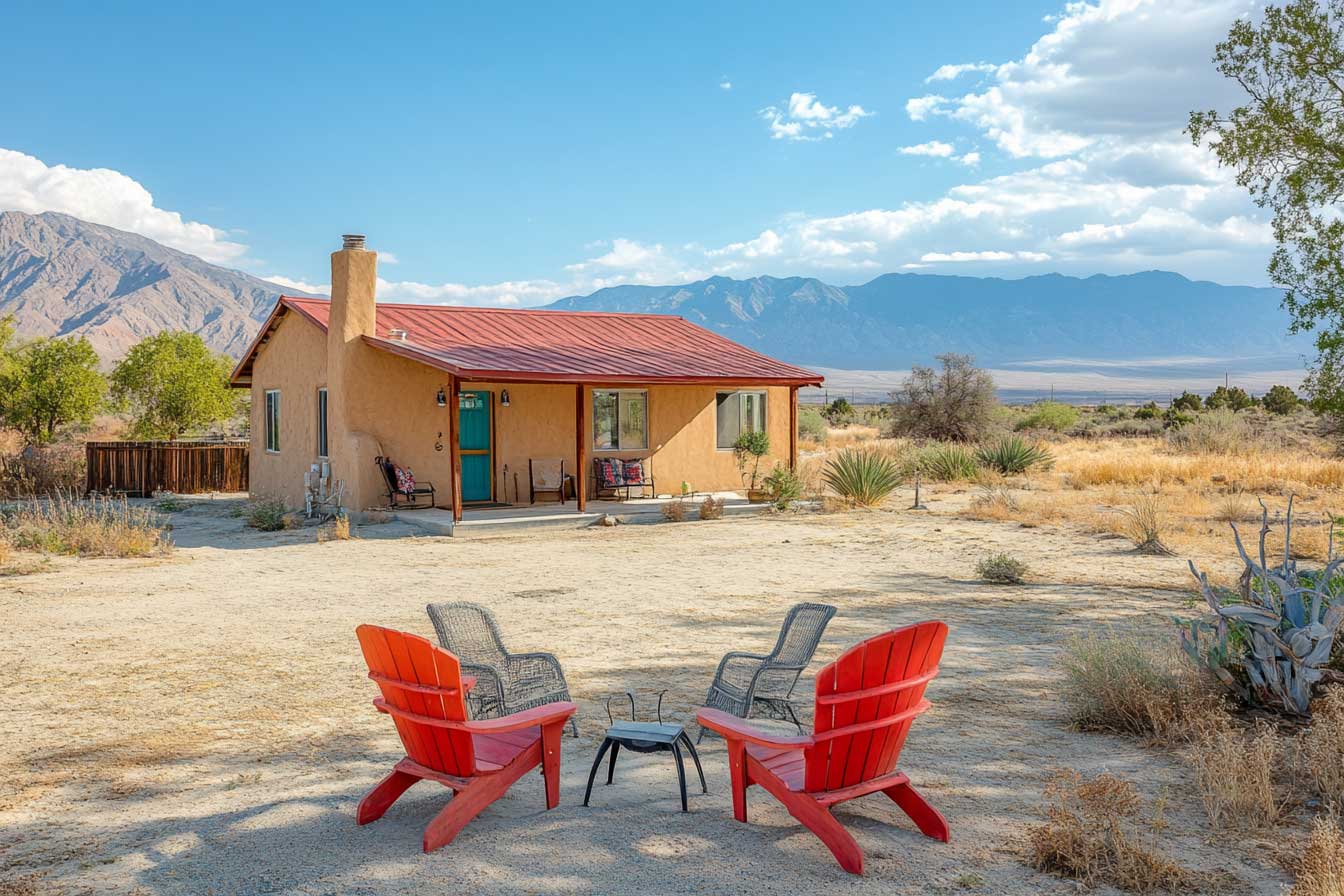
EXTREME DRY COLD:
When people think of desert, they think of heat and water problems. They don't normally think about the cold, but the high desert (higher elevation areas) can get very cold, below freezing at night. During the day it can get very hot over 100 degrees F, but at night temps can drop to below freezing. These wild temperature fluctuations can be surprising to some folks not familiar with it, and if you're not prepared, it could turn into a survival situation. Hypothermia can set in in a matter of minutes or hours if you can't get warm. Some places in Colorado, Utah, Nevada and north Arizona get so cold the ground freezes during winter and wind rips across the valley blowing snow and ice everywhere. It can be miserable out there and if you're unprepared for extreme cold you could die. Don't neglect the weather. Prepare fir extreme cold, even in the desert.
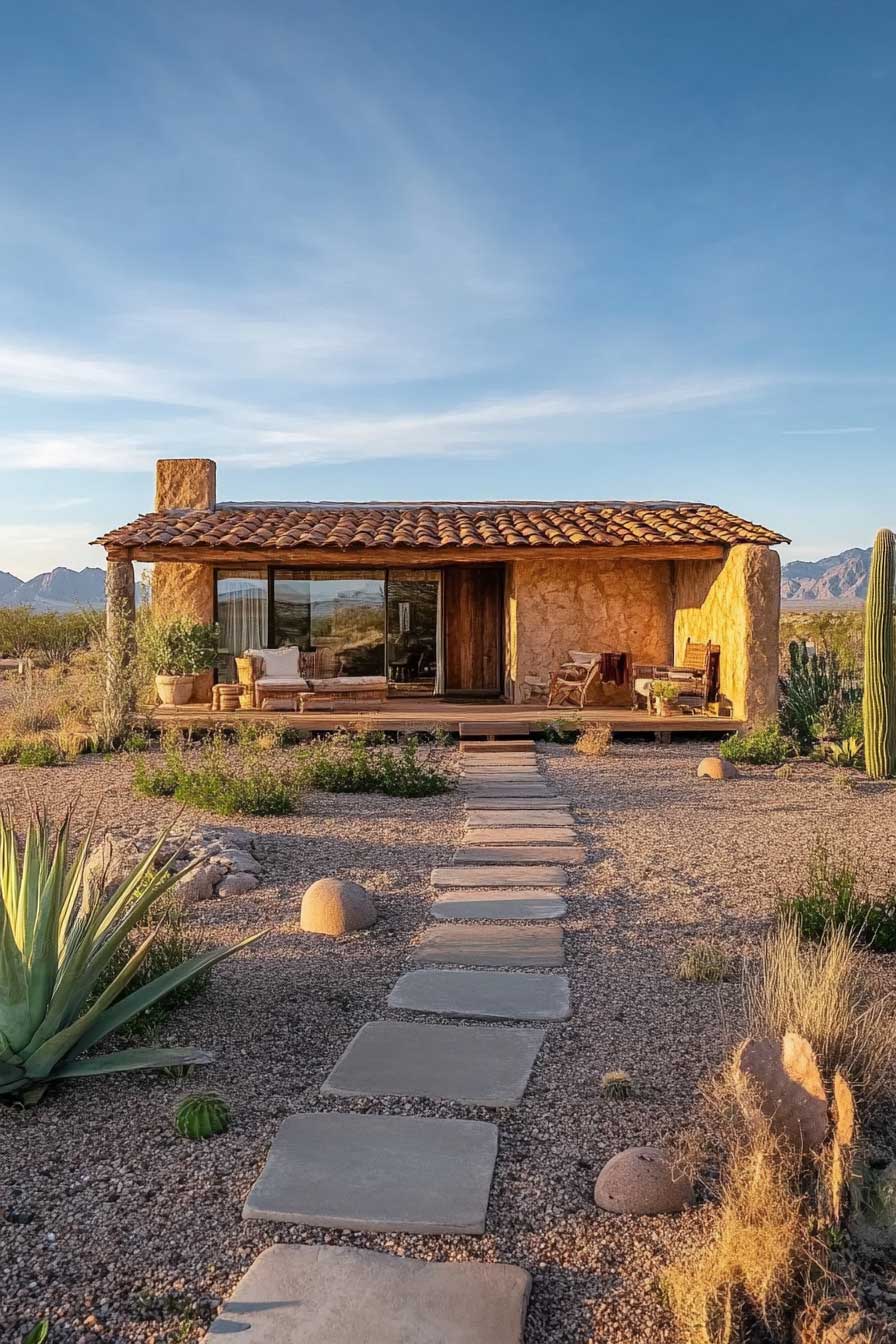
COVENANTS & RESTRICTIONS:
Also, be wary of small parcels 1-5 acres. It might seems cheap, but it is cheap for a reason. Smaller rural properties less than 10 acres of so are usually in a rural "subdivision" and zoned rural residential or sometimes agricultural or AG, but you need to check the covenants and restrictions to make sure you can build what you want to build. There may be restrictions written by the land owner or company that owns the land. They make the rules for that land, and when you sign that contract you could be signing away your rights to build what you want to build or how you use your land.
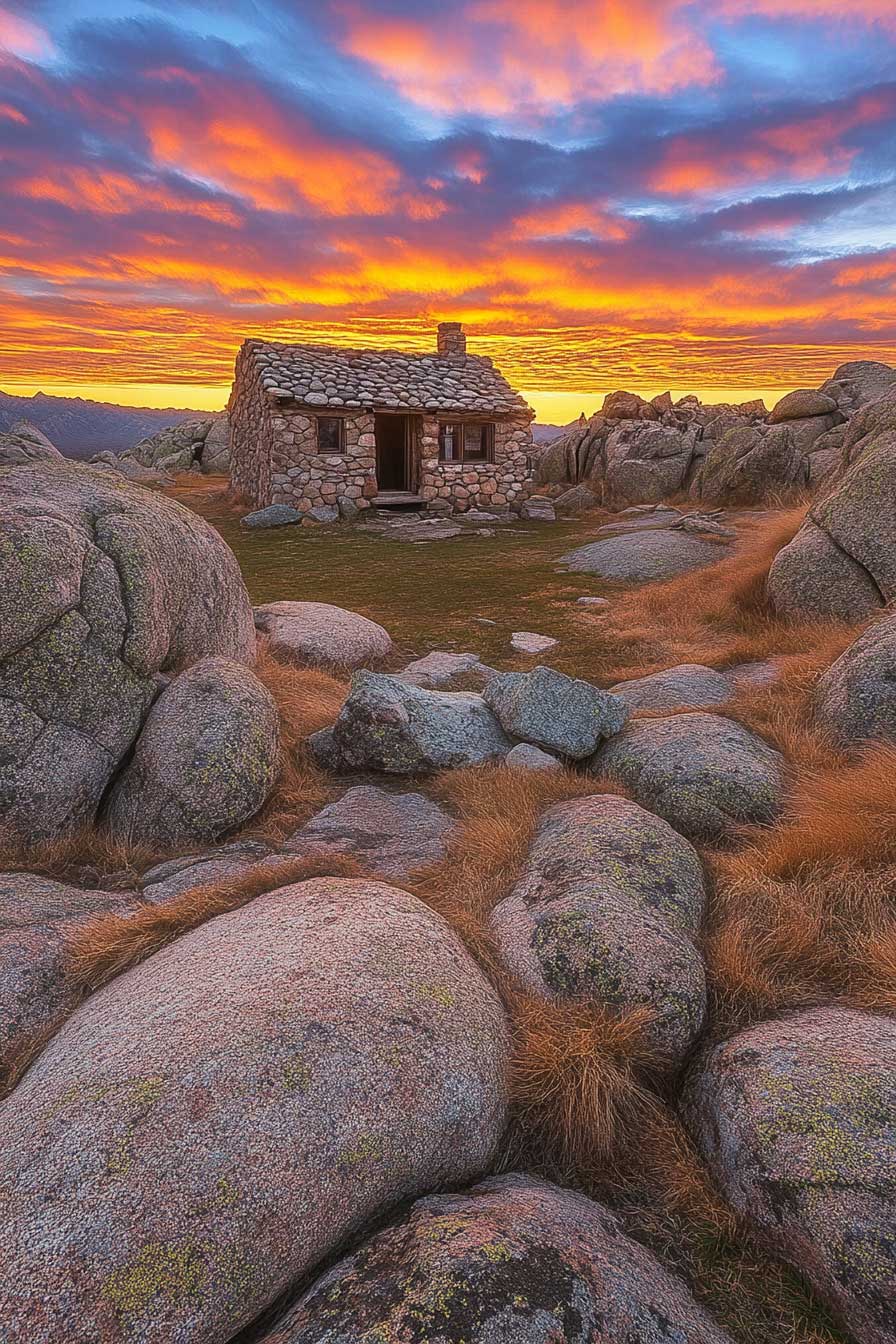
REMOTE:
Remote land can be hard to get to and could have no services for miles, the nearest town could be many miles away. Meaning groceries or hardware stores or medical care is going to be a drive. These are things you need to think about.
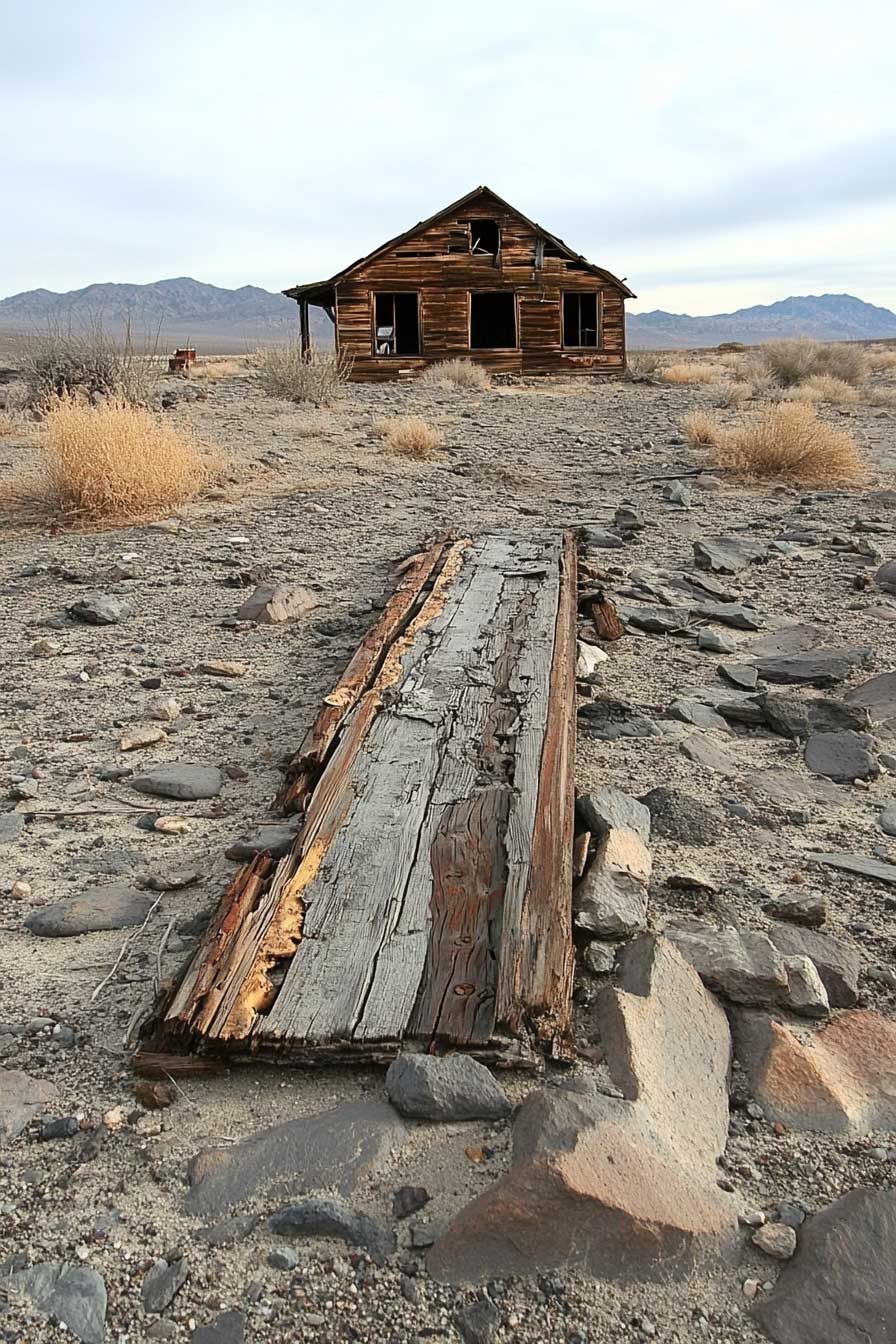
ISOLATION & SAFETY:
Living off-grid in the desert can sound appealing, but remote locations mean help could be hours or even days away. Emergency services, like medical or fire assistance, may not be readily available. Injuries, accidents, and natural disasters (like wildfires or flash floods in certain desert areas) could leave you stranded. Always have a reliable way to call for help, and be prepared to handle emergencies on your own.
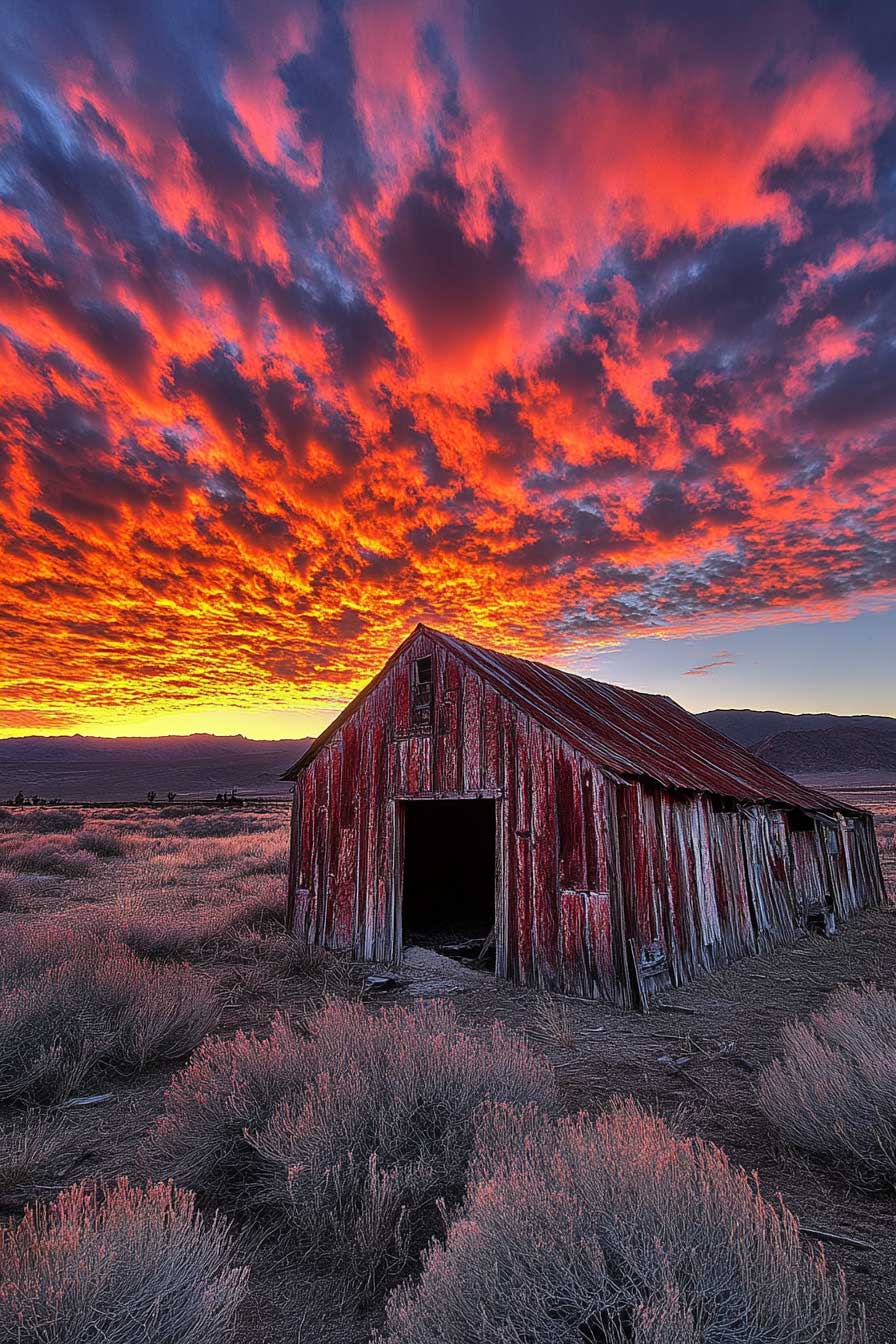
POWER & ENERGY:
Generating your own power is essential since remote desert land often has no utilities. Solar power is a good option because of the abundant sunlight, but it may not be enough during extended cloudy periods. You'll need a reliable backup system, like a generator, and possibly battery storage to get through darker days or high-use times.
The perfect off grid power system has 4 parts
- Solar Power: Your solar array (2500 Watts minimum) is your main power generation component. (this includes your charger controller/inverter, meter, panel, breakers, etc)
- Wind Power: A robust wind turbine (1000 Watts minimum) will generate power when the sun's not shining so you always have power.
- Battery Backup: LifePo4 bateries or quality lithium ion are the best choice for your battery pack. 48V is standard and about 30kWh is a good rule of thumb for total energy storage capacity.
- Propane Generator & 100 Gallon Tank: Propane doesn't go bad like gas or diesel (there's always the person who will argue against that but the fact is diesel and gas go bad over time, even when it's treated) Propane never goes bad. You buy it once and there's no need to treat it and it lasts forever. It's there when you need it.
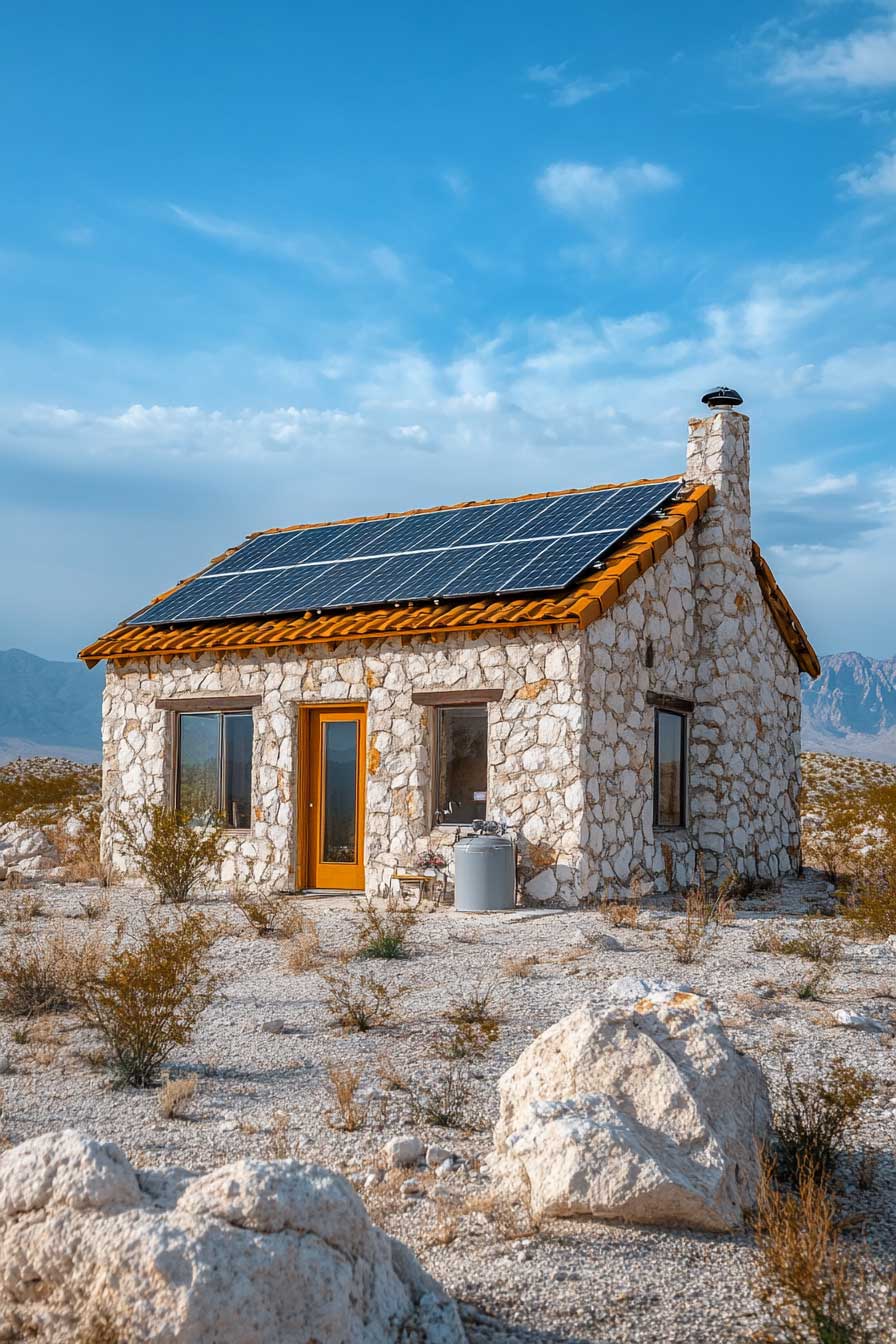
VEGETATION & SOIL QUALITY:
Desert soil isn’t usually fertile, so if you're thinking about growing food, prepare for a challenge. You may need to import soil or create raised beds with amendments to support any type of gardening. This means extra work and cost, especially if you’re far from gardening supplies. Wind, sandstorms, and lack of rain also make growing food tough, so plan accordingly.
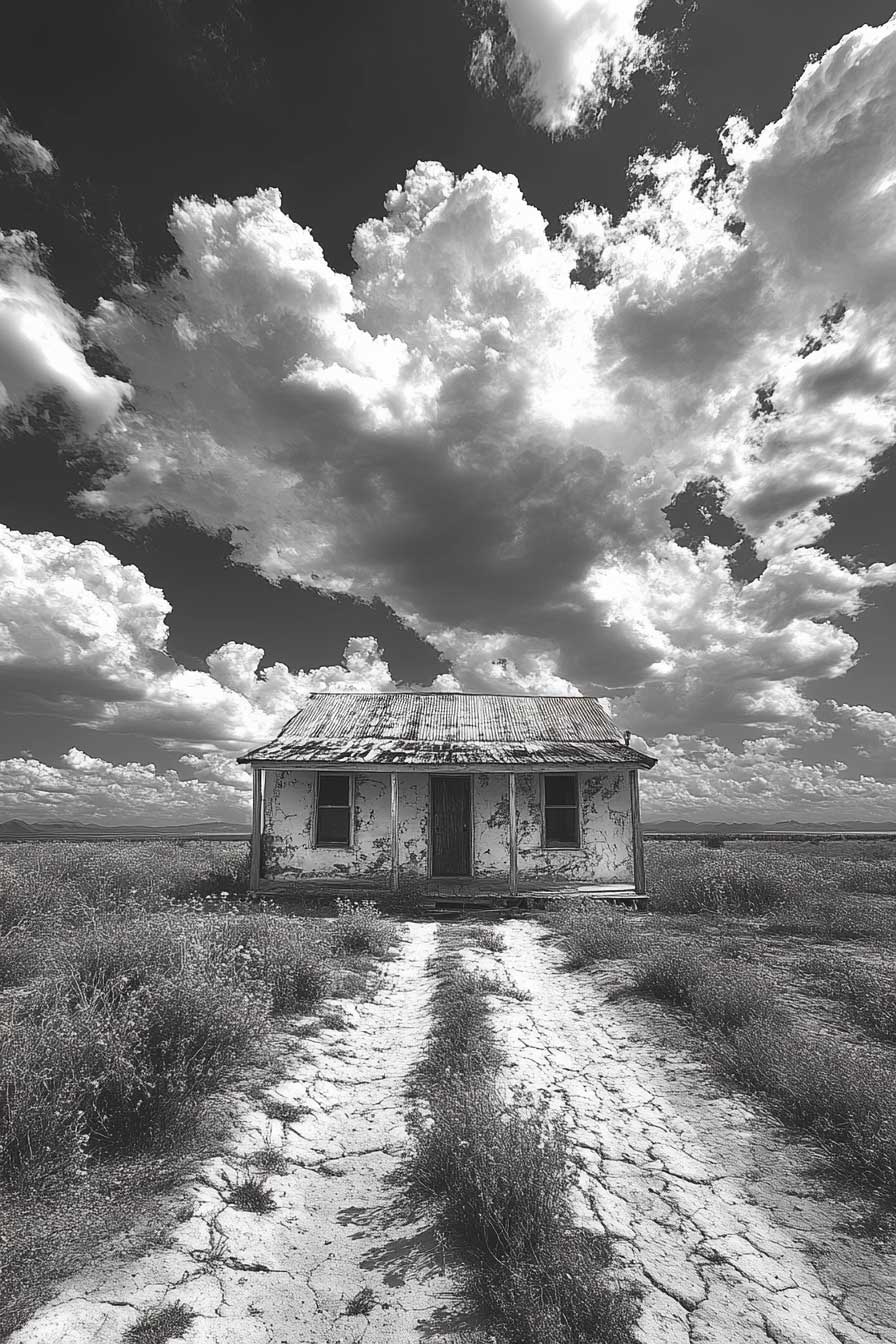
POTENTIAL LAND VALUE FLUCTUATIONS:
Some people buy cheap desert land hoping the value will increase, but that's not always the case. Often, remote desert land remains low in value because of the lack of amenities, water, or nearby infrastructure. Don’t count on resale value, especially if you’re investing a lot to make it livable.
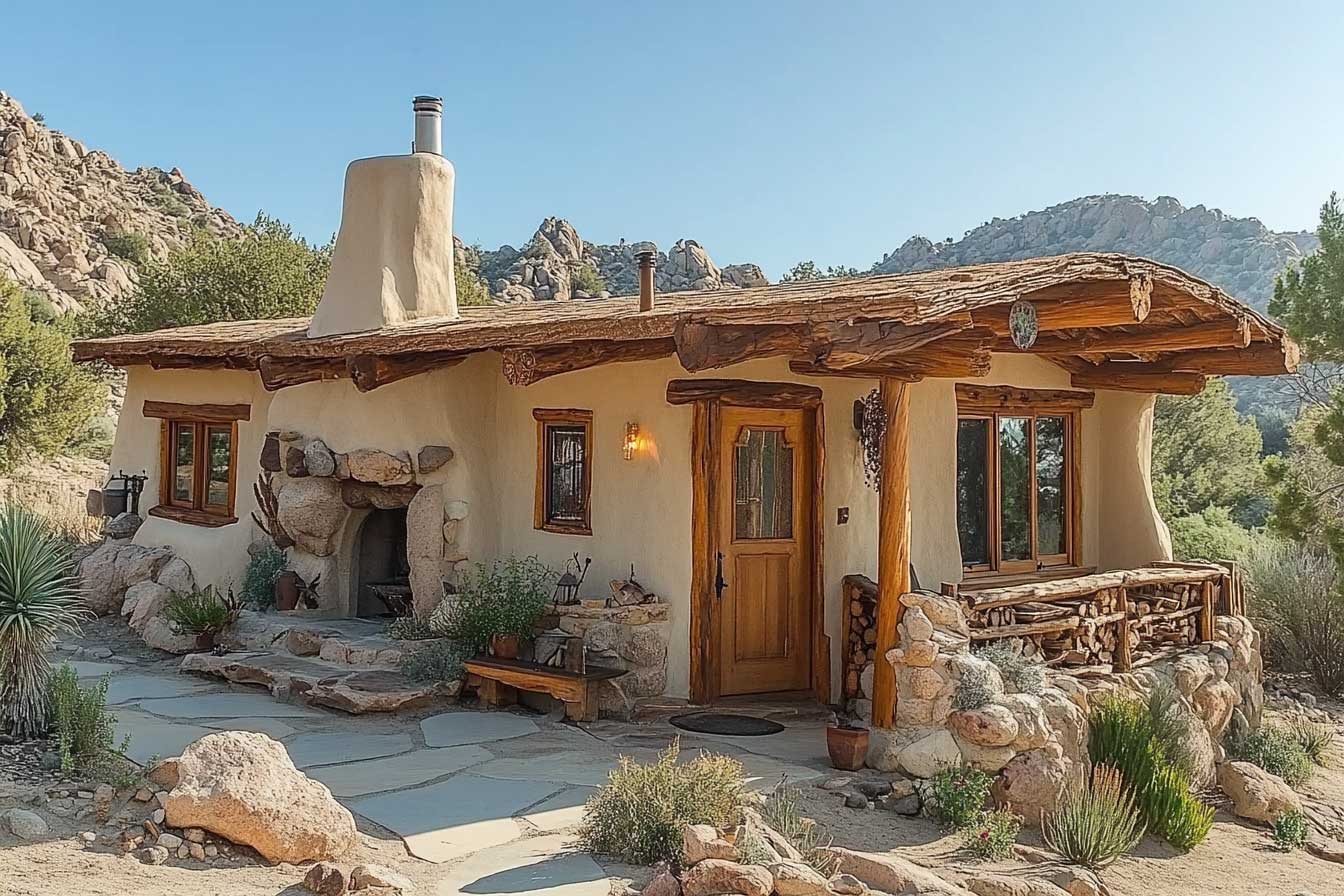
LEGAL CONCERNS:
Desert land, especially in remote areas, may have unclear boundaries or questionable ownership histories. Always do a thorough title search to ensure the land you’re purchasing has clear, legally verified ownership and isn’t subject to disputes or unpaid taxes.
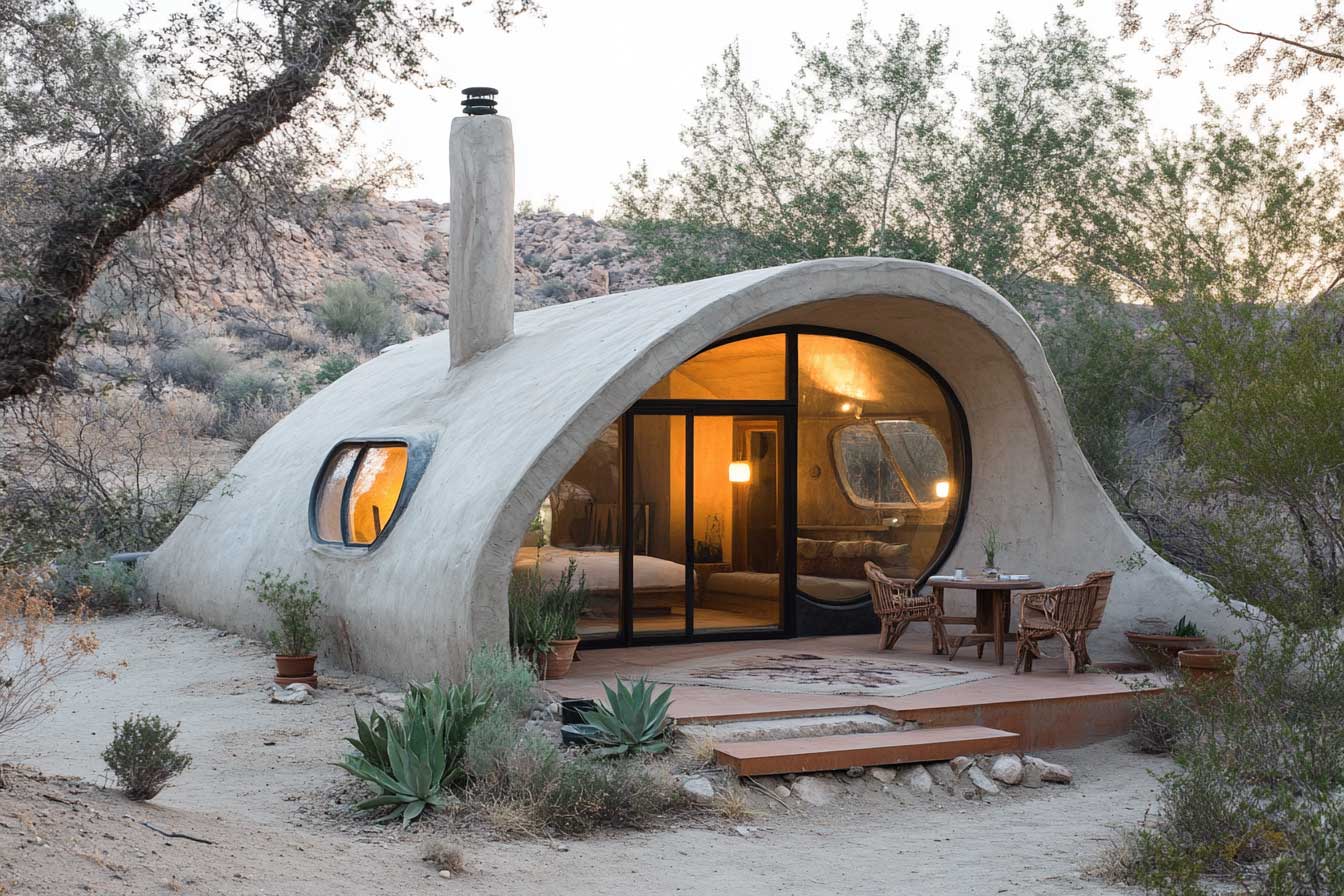
ROAD ACCESS & VEHICLE WEAR:
Desert roads are often rough, unpaved, and can wash out after rain. You’ll need a high-clearance, reliable vehicle, and be prepared for more frequent repairs. Without solid access, even getting supplies can be a hassle.
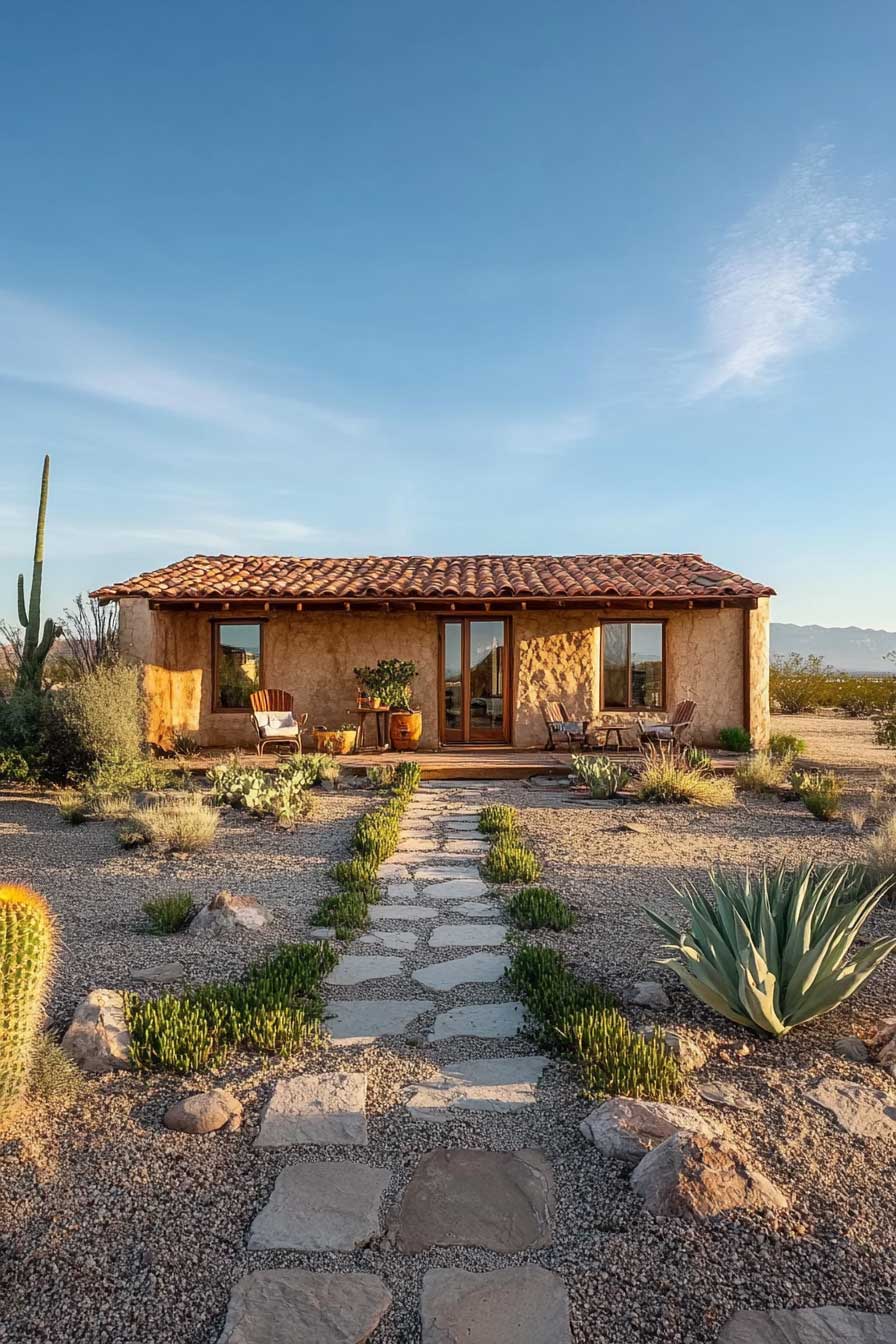
PESTS & WILDLIFE:
The desert is home to scorpions, snakes, and other pests. Keep this in mind for safety and daily life. You’ll need to pest-proof your living space and stay vigilant to avoid any run-ins, especially if you have pets or livestock.
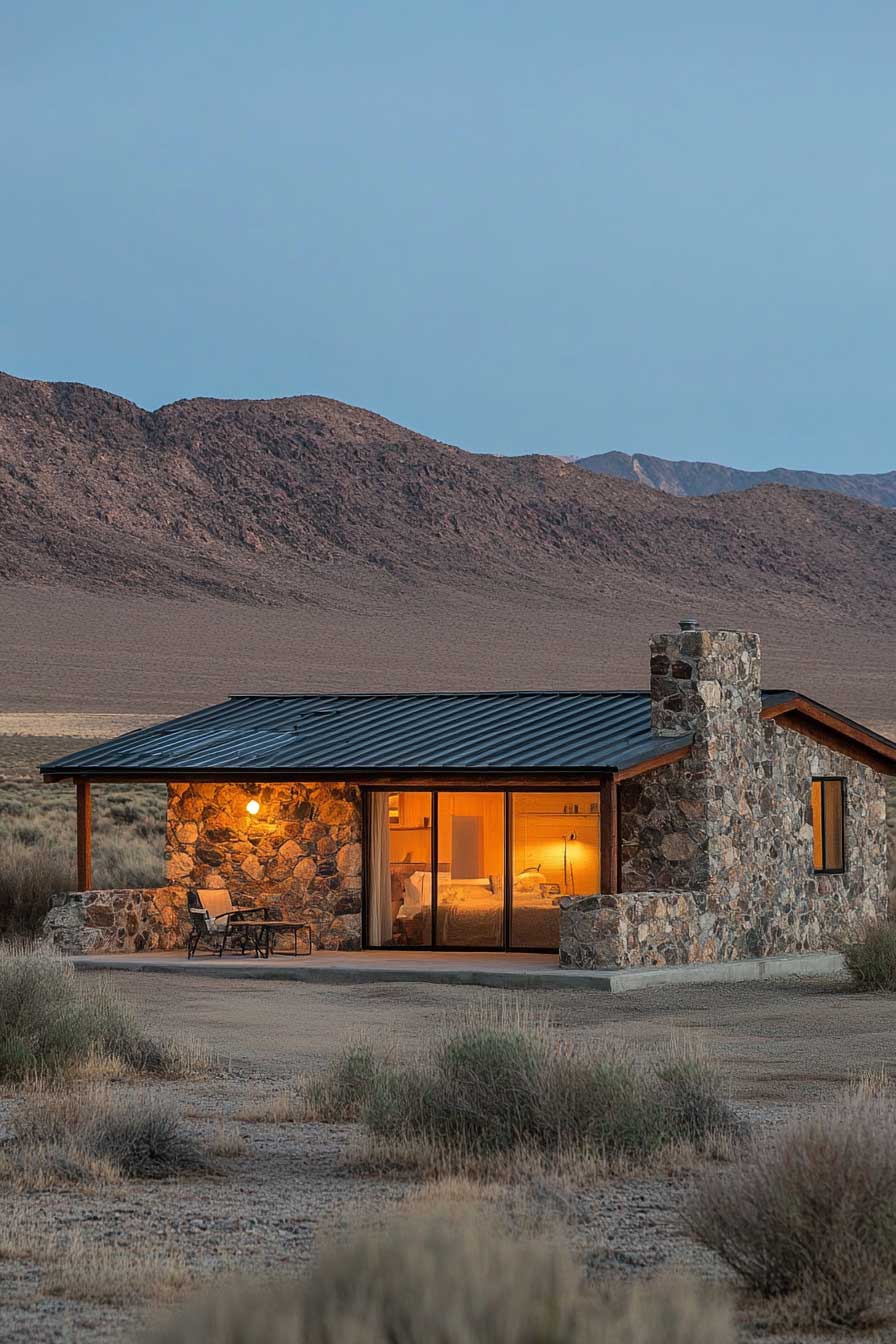
MEDICAL SUPPLIES:
Stock up on a solid medical kit and learn basic first aid, as the nearest clinic could be hours away. In case of bites, stings, or dehydration issues, immediate care is essential.
TRASH & SEWAGE:
Remote areas often lack trash pickup, so you’ll need a waste management plan. Septic systems can be costly to install if required. Otherwise, you’ll need to handle your own waste responsibly, which takes planning and effort.
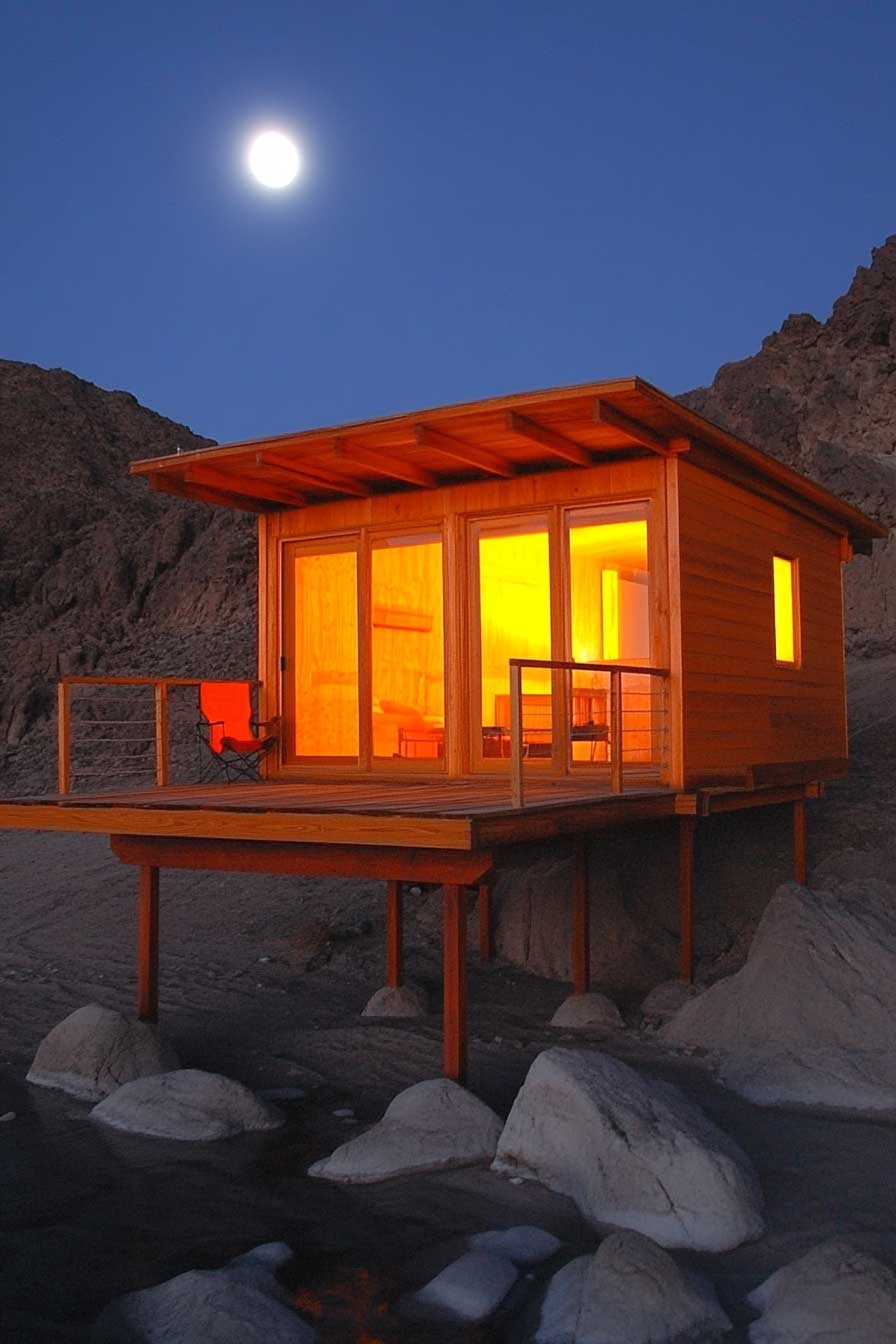
COMMUNICATION LIMITS:
Cell signals can be spotty in remote desert areas, so consider a satellite phone or another reliable communication method. For internet access, you may need to invest in satellite internet, which can be pricey and slow.
- Satellite Internet: StarLink has the best service anywhere in my opinion. It's reasonable cost per month and there's an upfront cost of a few hundred bucks, but it's worth it if you need internet and communications.
- Cell Signal Booster Antenna: You can also buy a cellular signal boosting antenna. Prices range around $100-$300 for a good one and can boost the signal for you cell phone if there's a cell tower within a few miles.
- HAM & CB Radio: You'll need something like this for emergencies just in case everything else goes down. Keep your HAM and CB radio in a Faraday cage shielded from any electromagnetic interference until you need to use them. When you're not using them, store them away in a safe place. HAM radio requires a license, so check your local, state and federal regulations first.
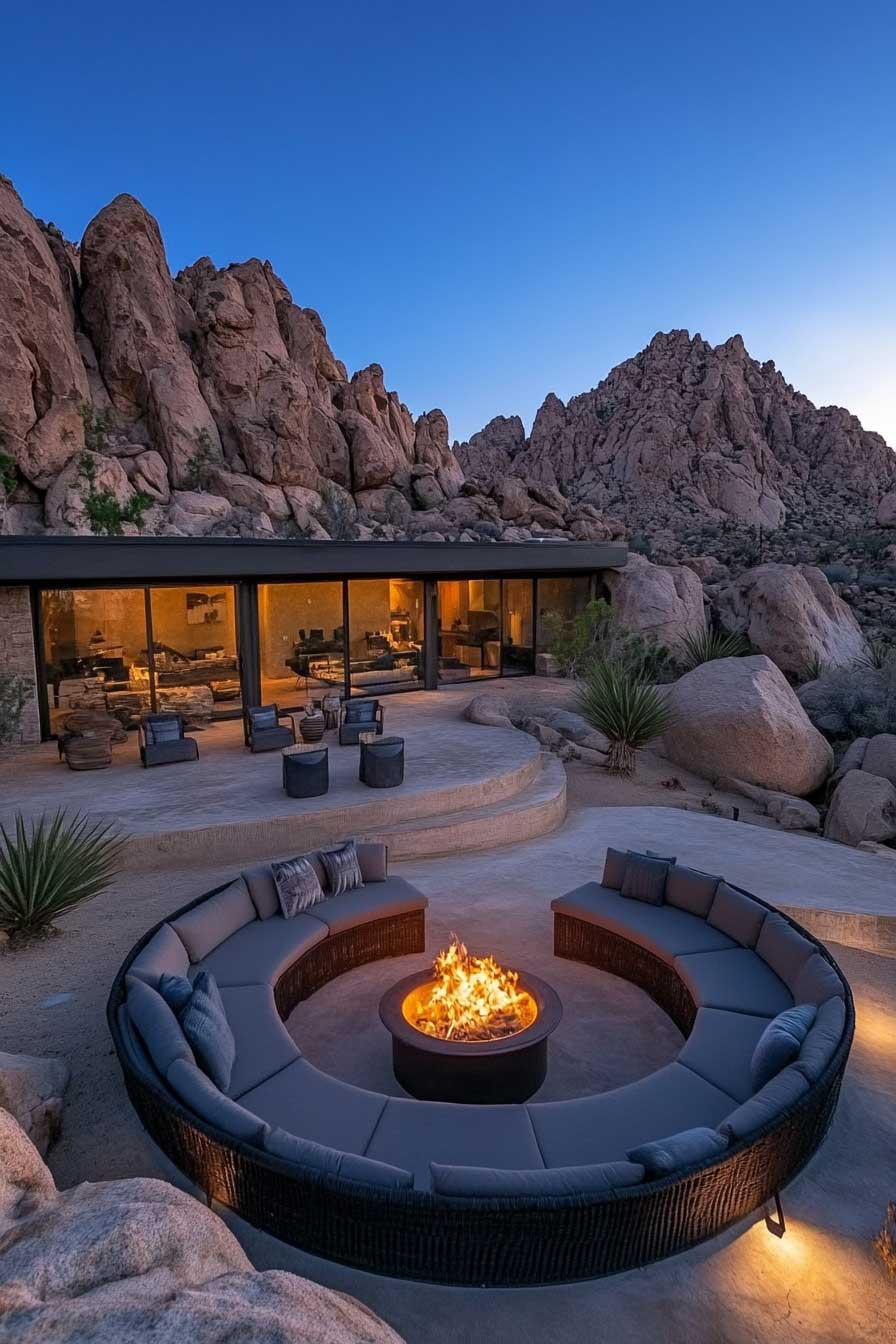
WATER STORAGE & QUALITY:
If you're hauling water, you'll need adequate storage tanks that can handle desert heat and won’t degrade in the sun. Be cautious about water quality; some desert water sources may have high mineral content or contamination, so a good filtration system is key.
Drilling a well can cost tens of thousands of dollars. It's not cheap and there's no guarantee of hitting water.
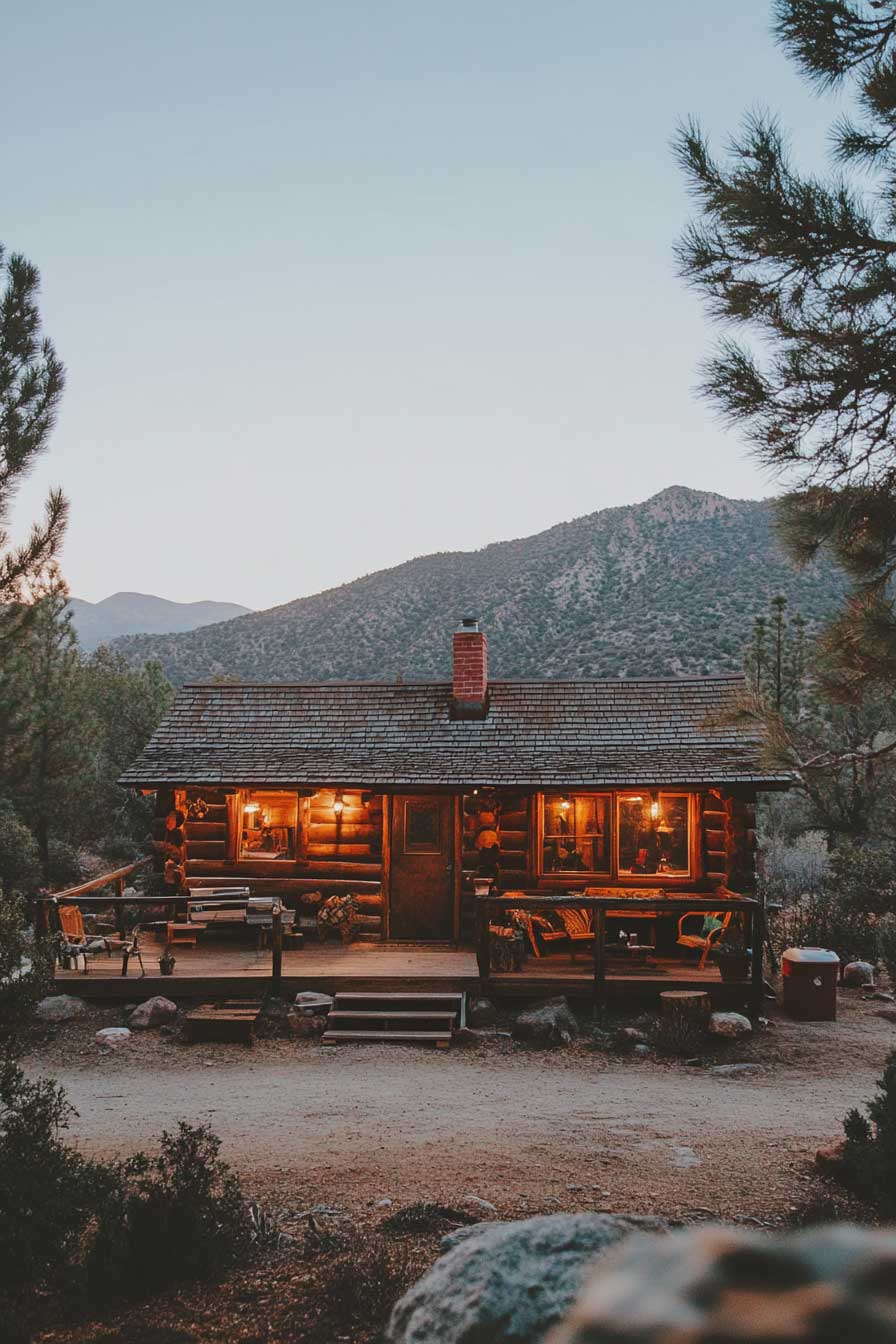
FOOD STORAGE & PRESERVATION:
With limited grocery trips, bulk food storage is essential. Desert heat can spoil food quickly, so a cool, shaded pantry or underground storage can help keep perishables and supplies safe.
BUILDING COSTS:
In remote areas, the cost to bring in building materials and skilled labor can be high. It could also be cheaper and more energy efficient to build an adobe home in the desert using the materials available on your land.
Factor in transportation costs and plan for potential delays, as deliveries may not be as frequent or reliable in remote desert regions.
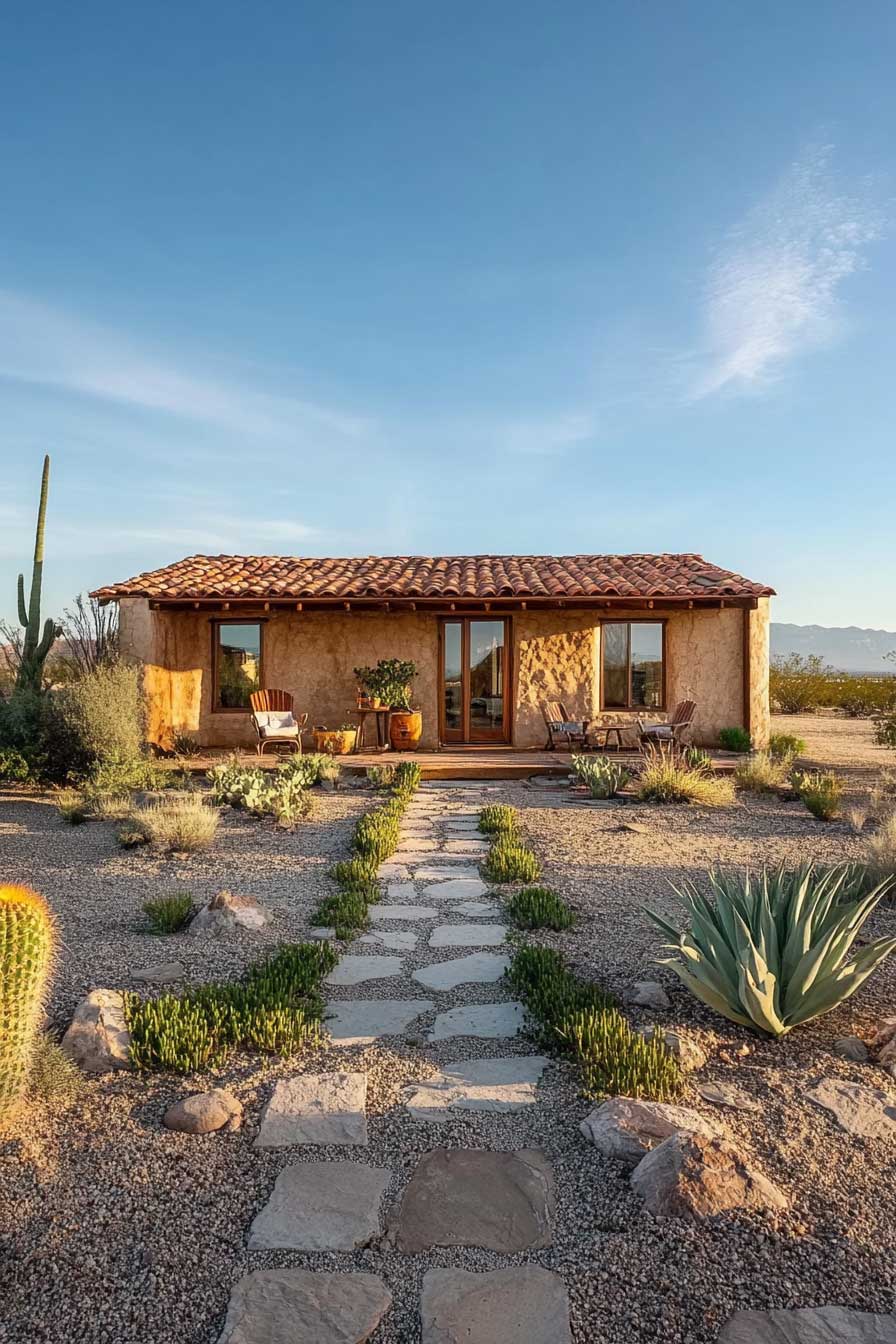
DUST & SAND DAMAGE:
Desert dust is constant and abrasive. It can damage electronics, clog filters, and wear down equipment over time. Regular maintenance and protective covers for equipment are necessary to extend the lifespan of your tools and appliances.
Desert land can be tempting with its low price and promise of freedom, but it comes with a hefty dose of reality. You’re looking at isolation, intense weather, and a lot of self-sufficiency. You'll need to plan for water, power, emergency supplies, pest control, and the physical toll on yourself and your equipment. Think through every aspect and decide if you’re ready for the commitment and lifestyle shift.
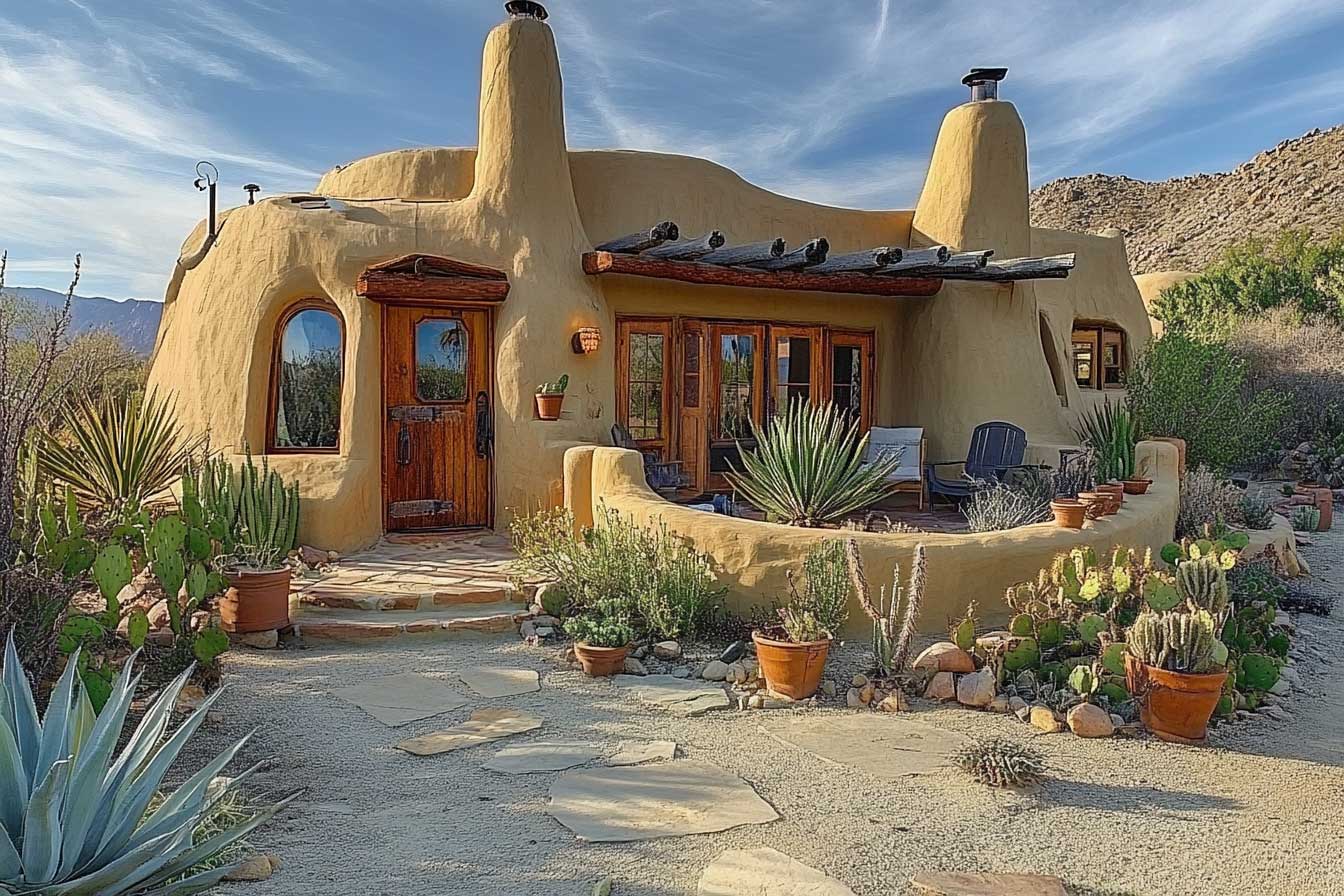
Desert living is possible, and for some, it’s worth every challenge. But go in with your eyes wide open, do the research, and make sure it's a setup you’re prepared to handle.
Be safe, do your due diligence, study and research everything, then make informed, knowledgeable decisions before buying desert land, or any land for that matter.
Happy Off Gridding!
May All Your Off Grid Dreams Come True!
